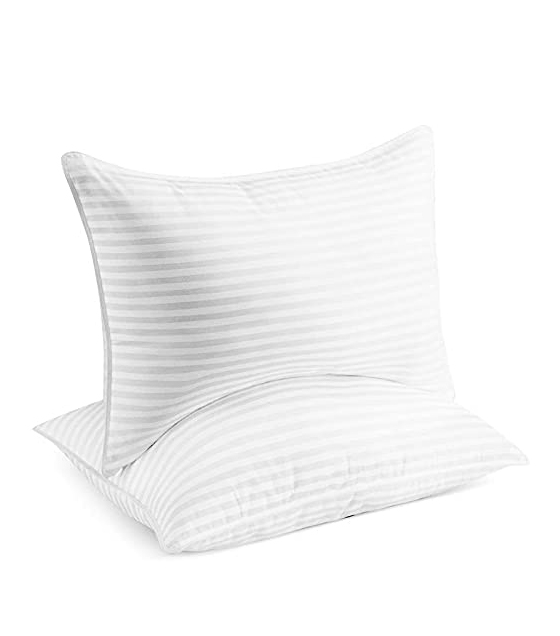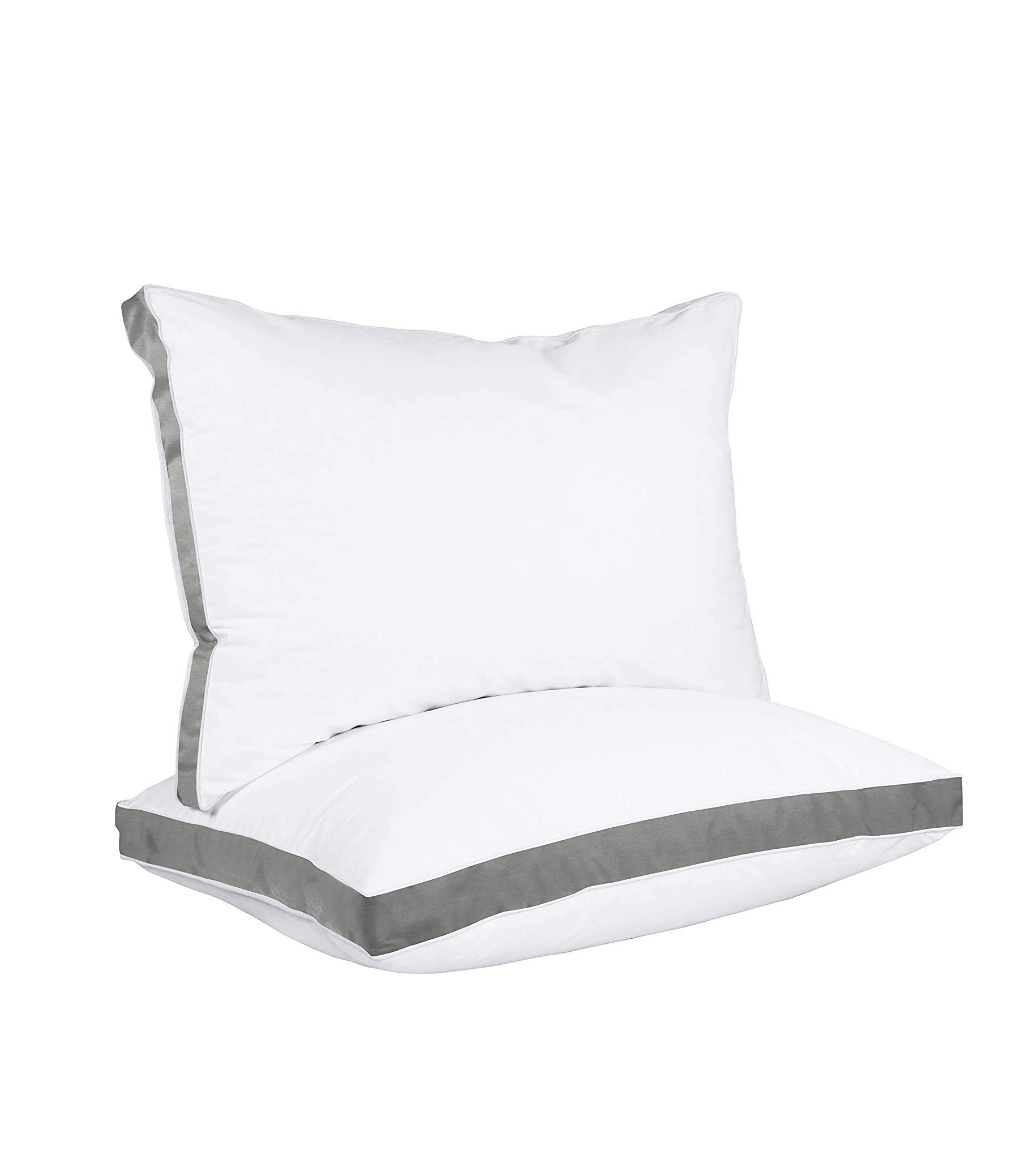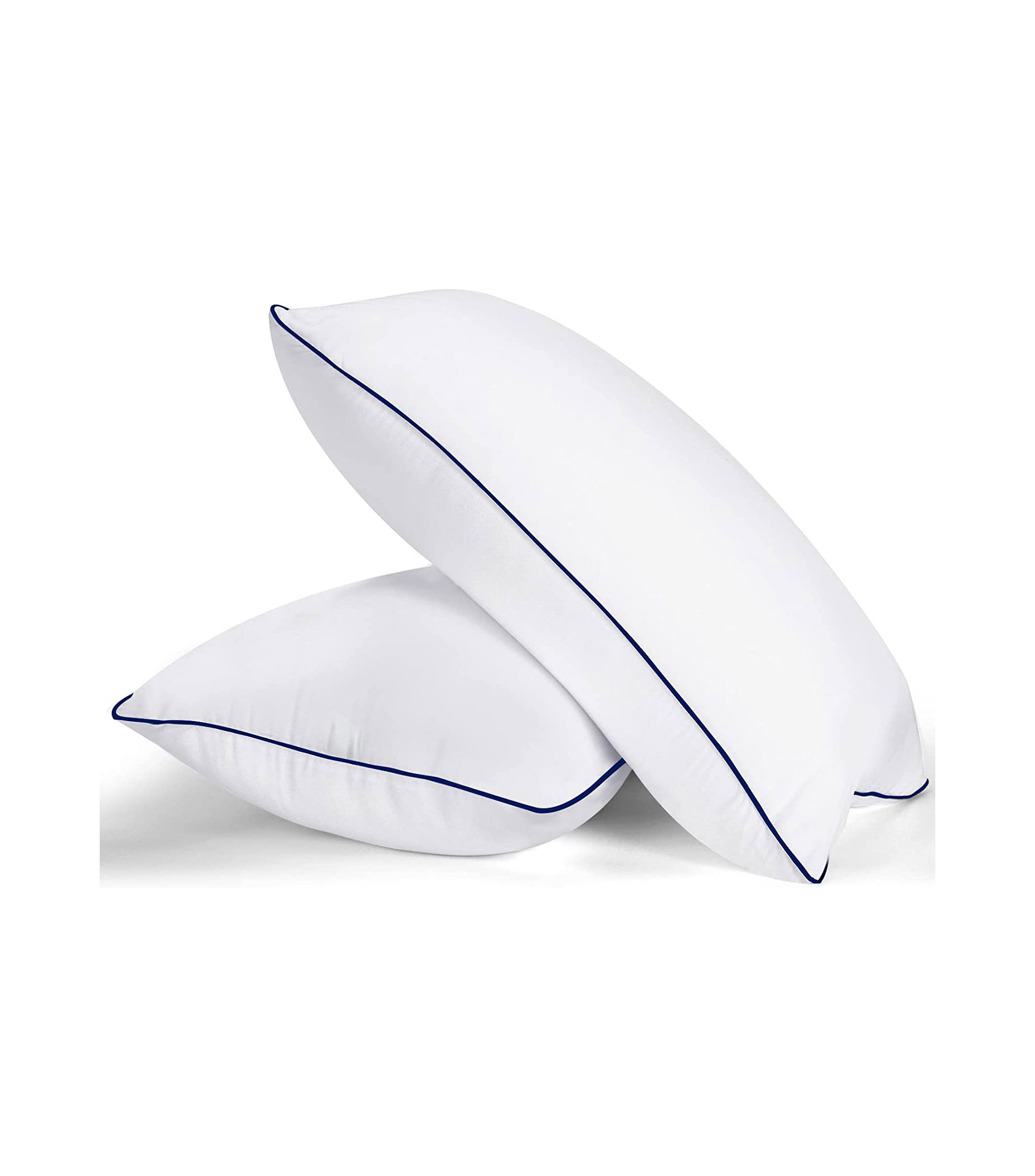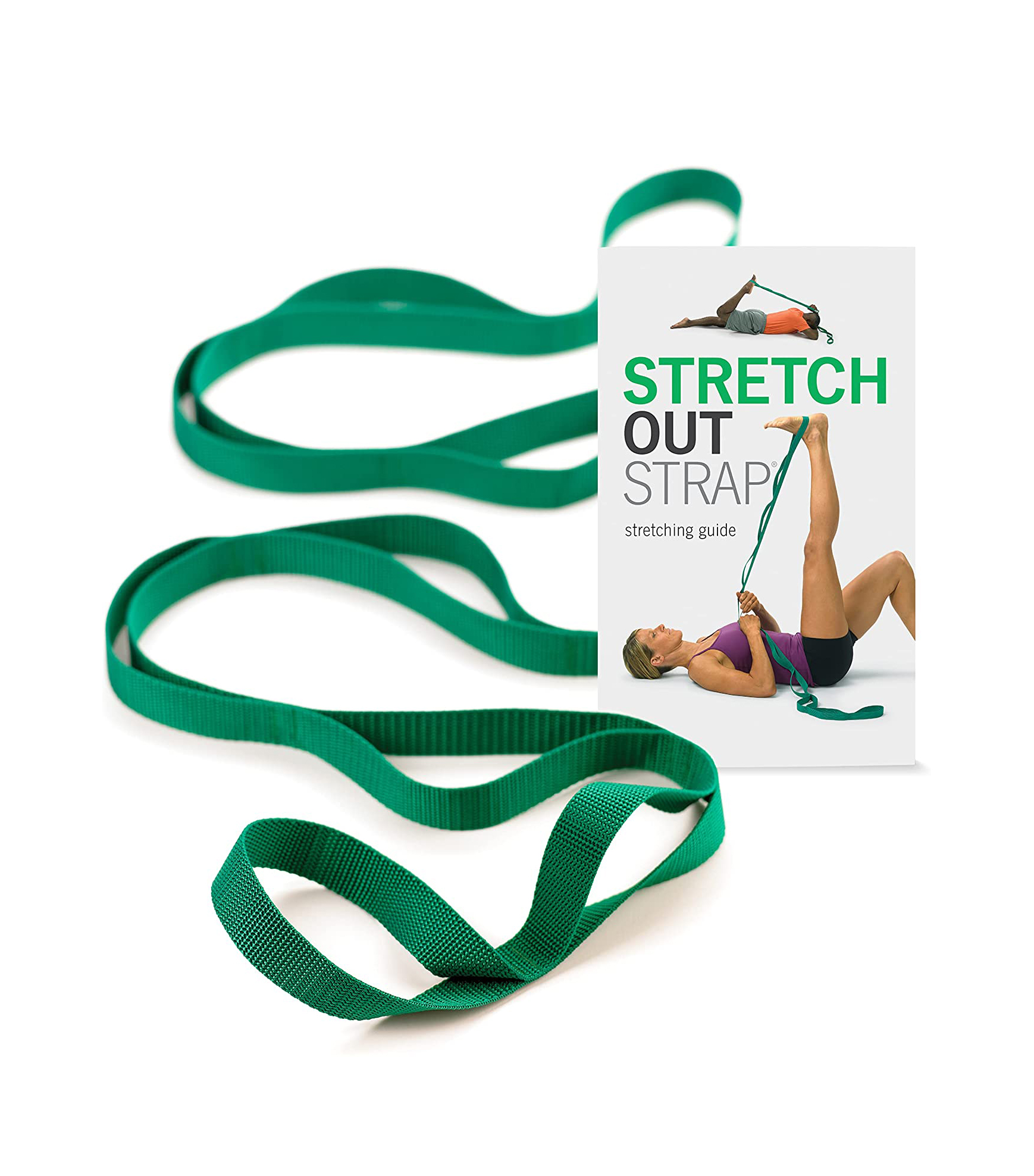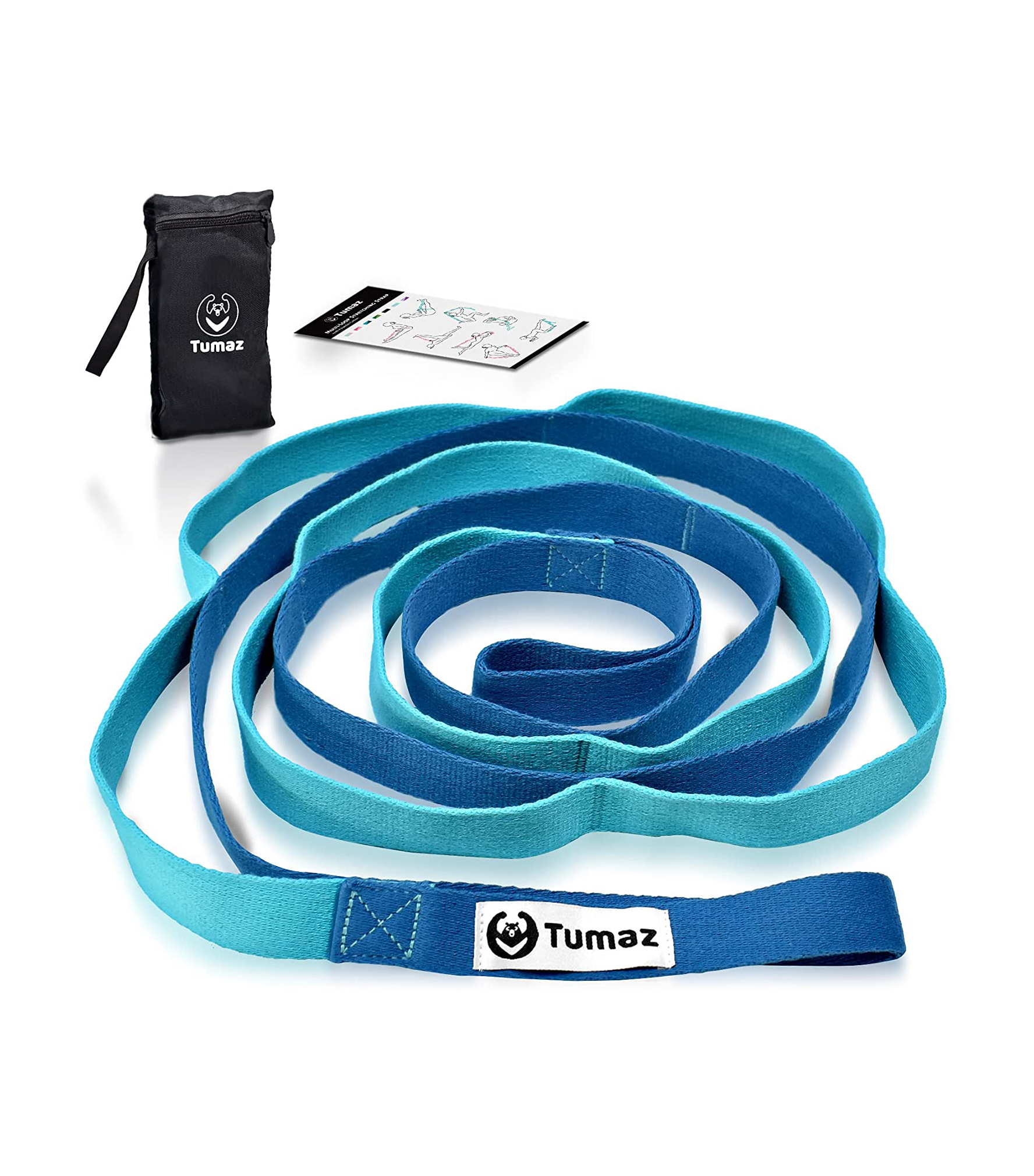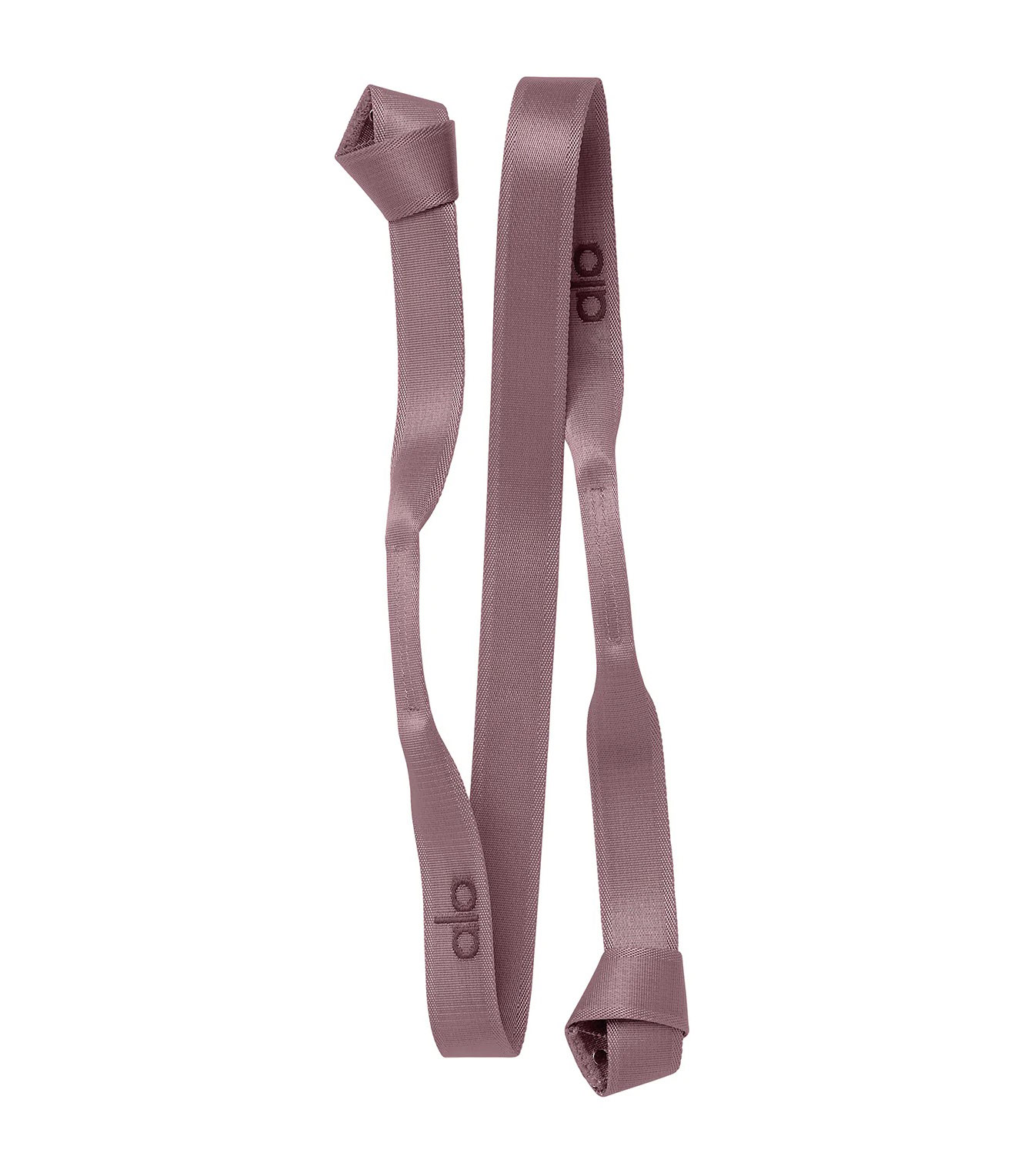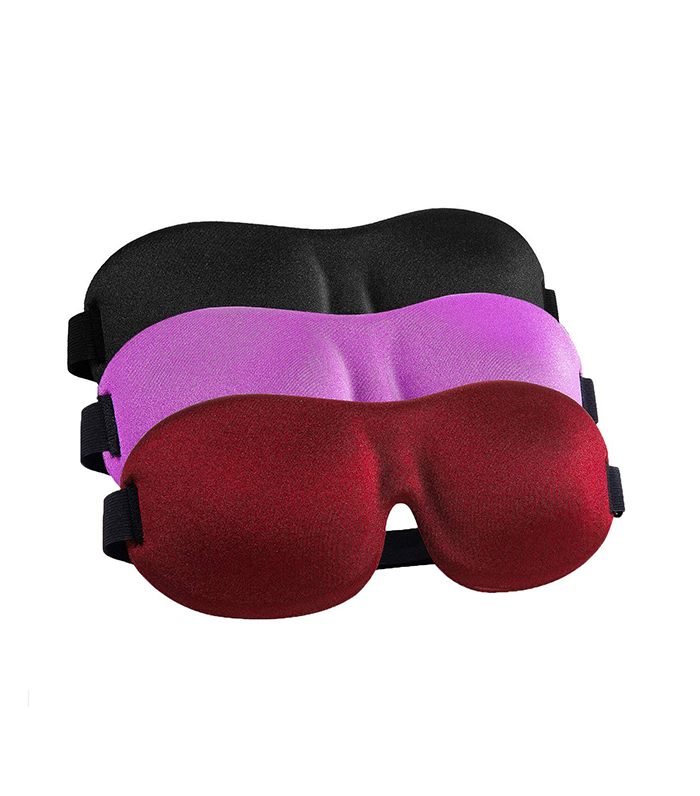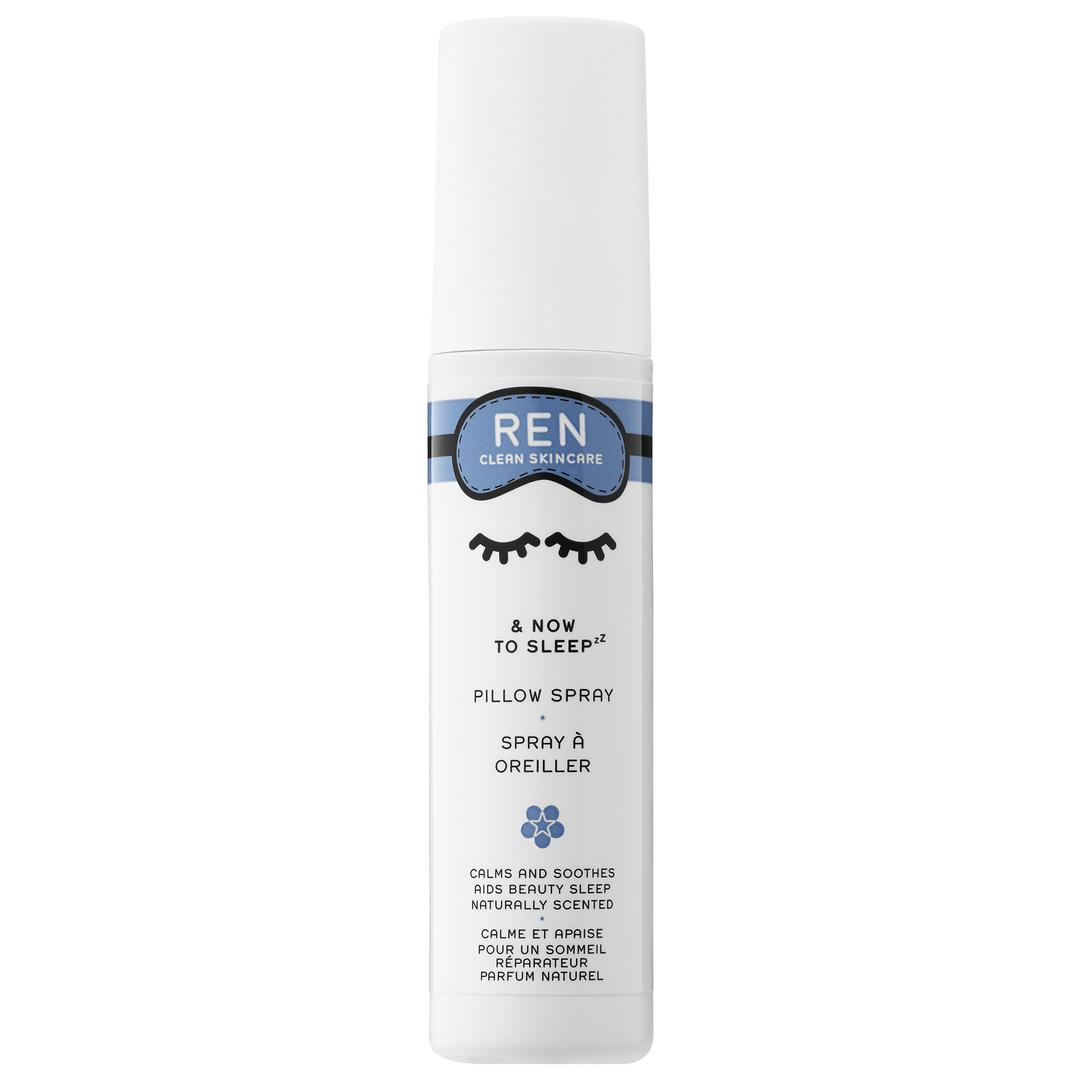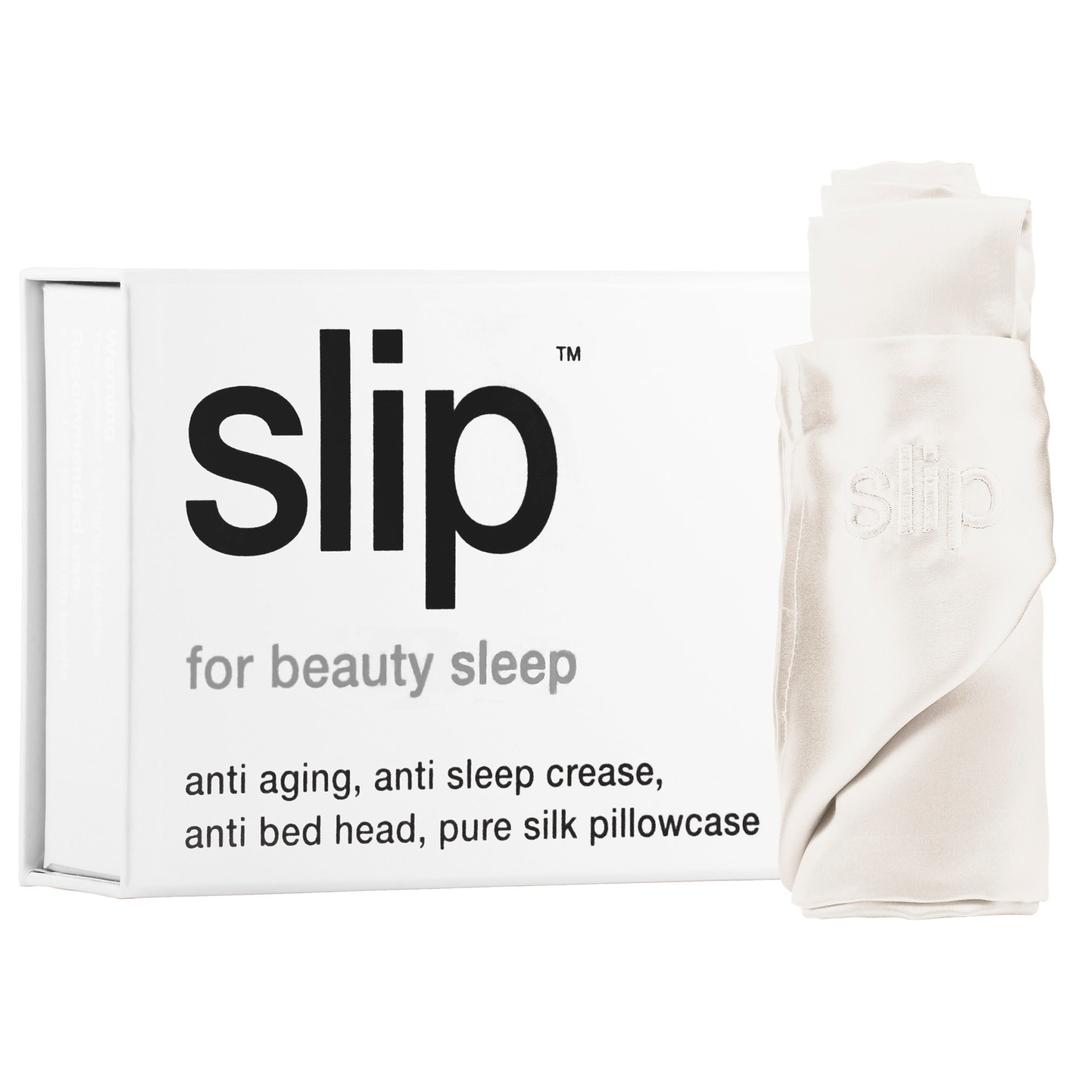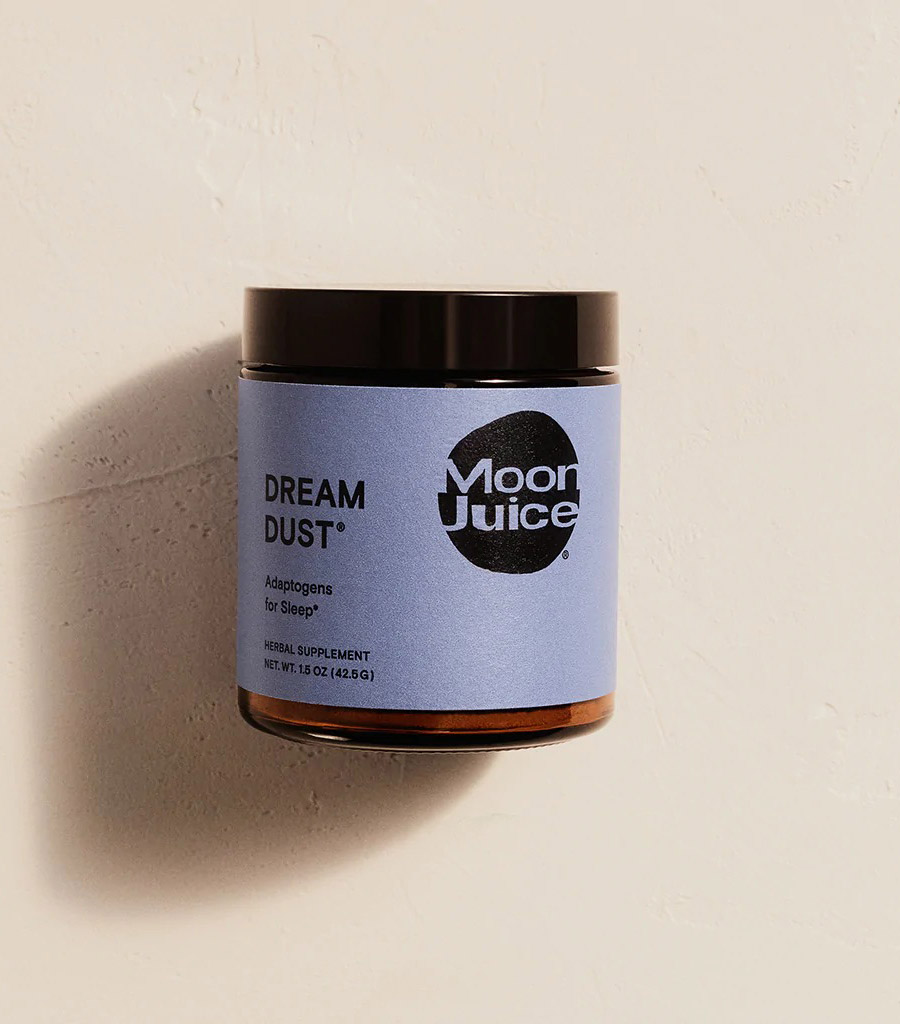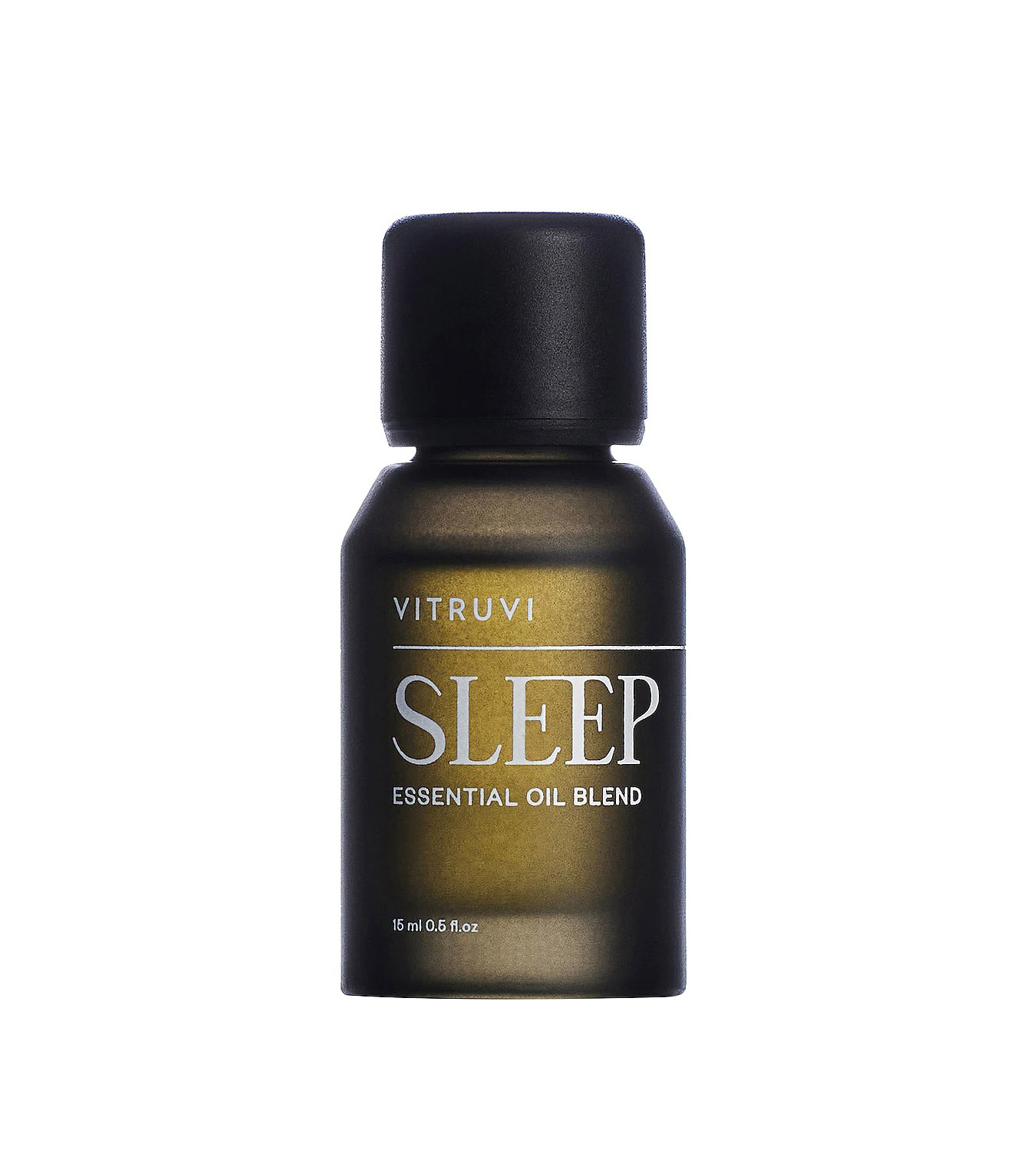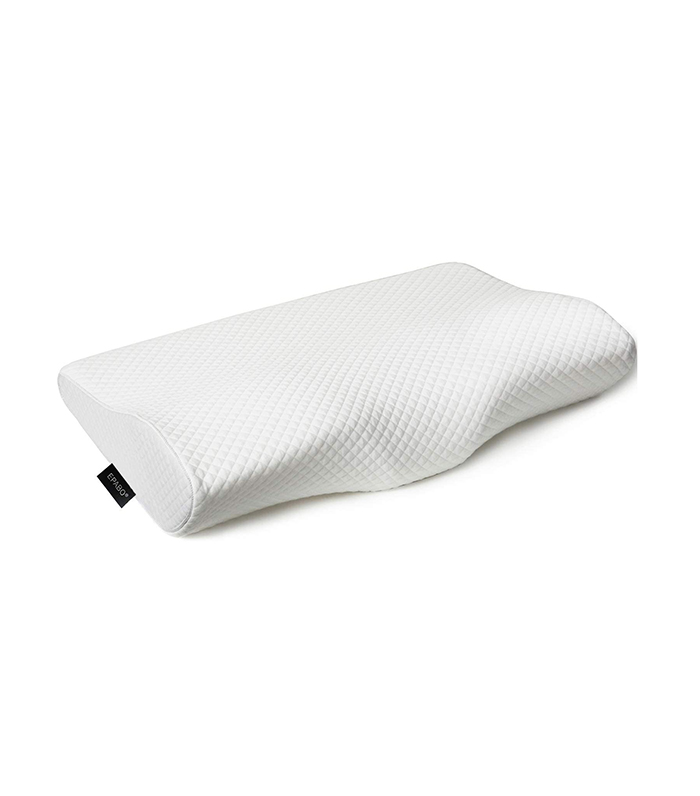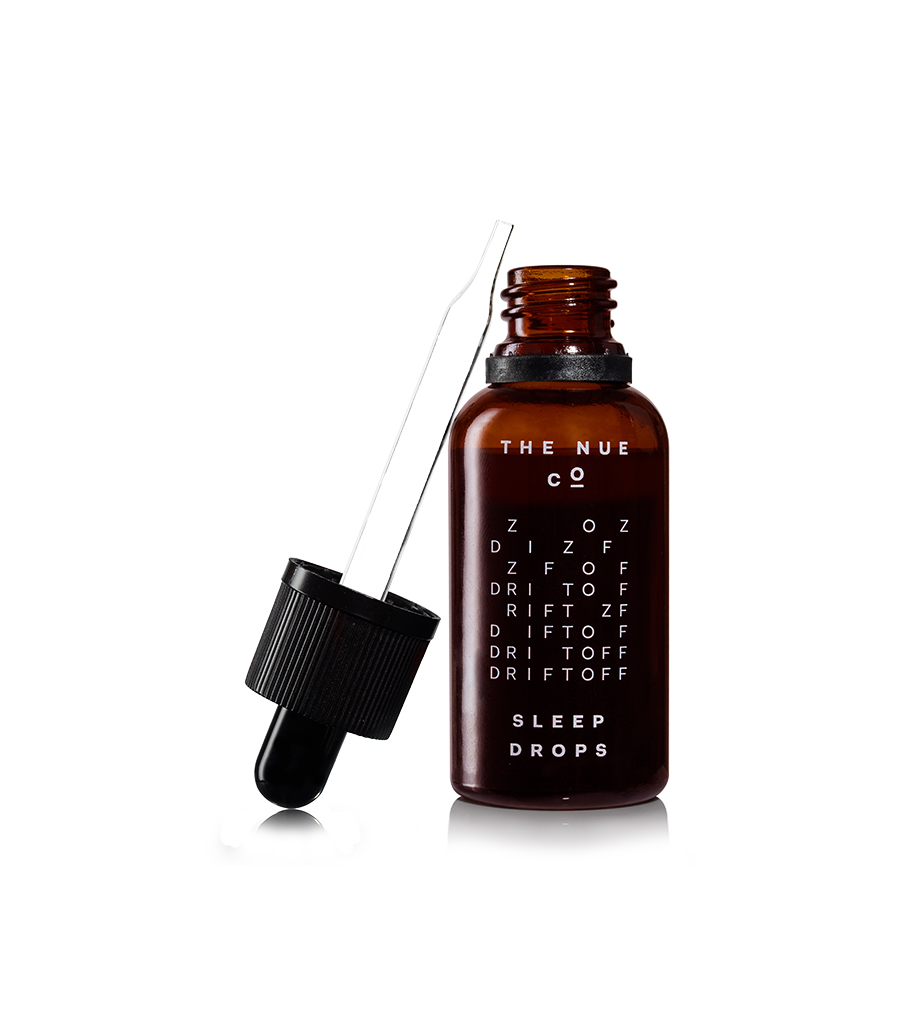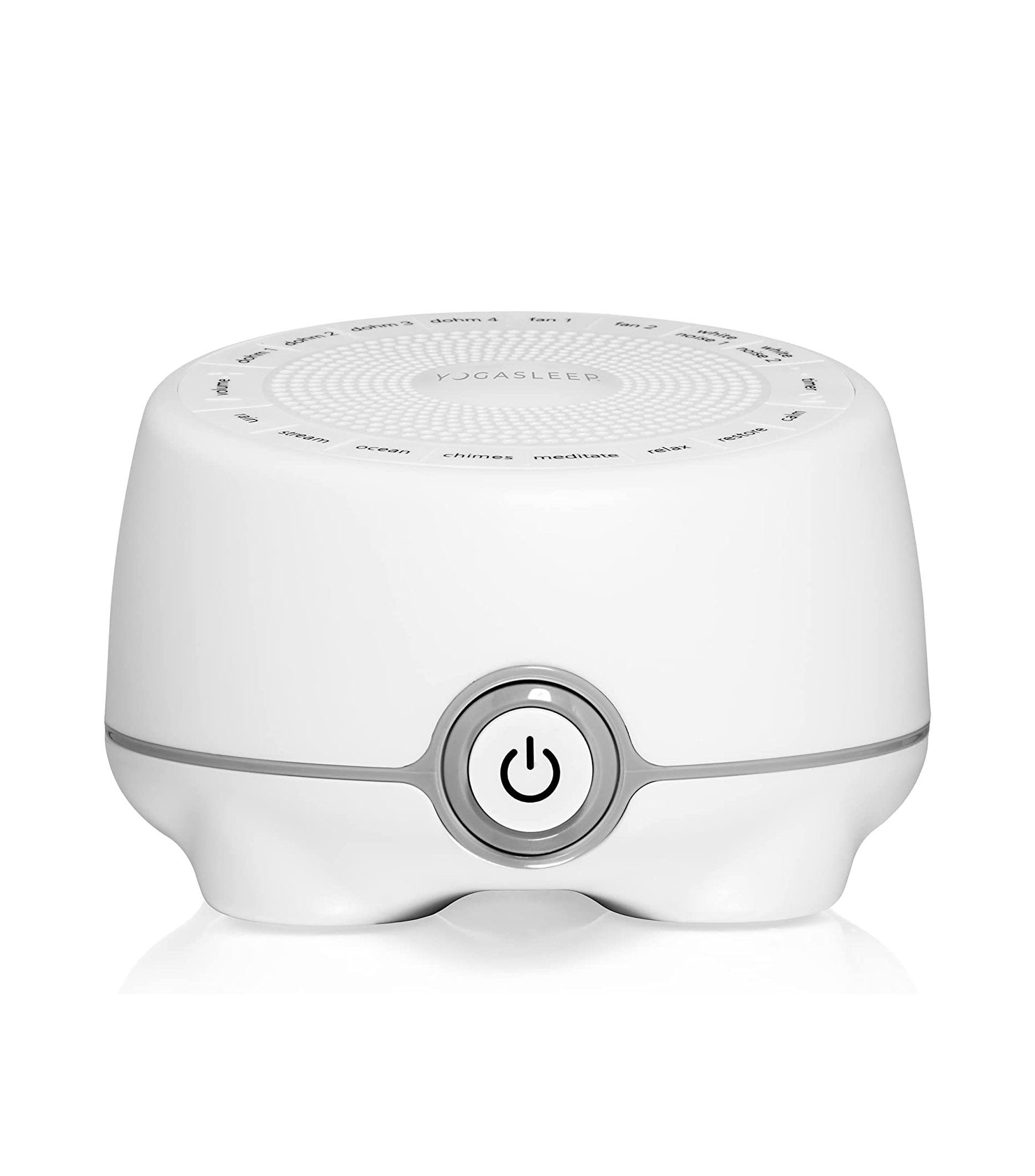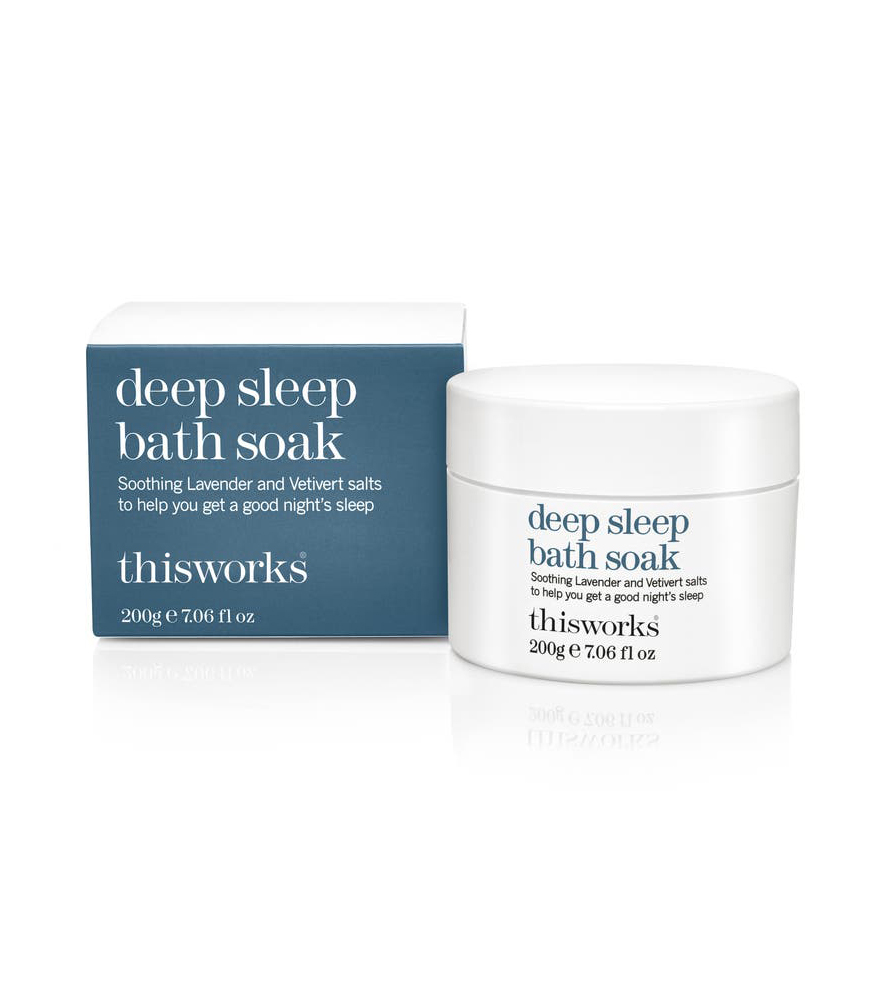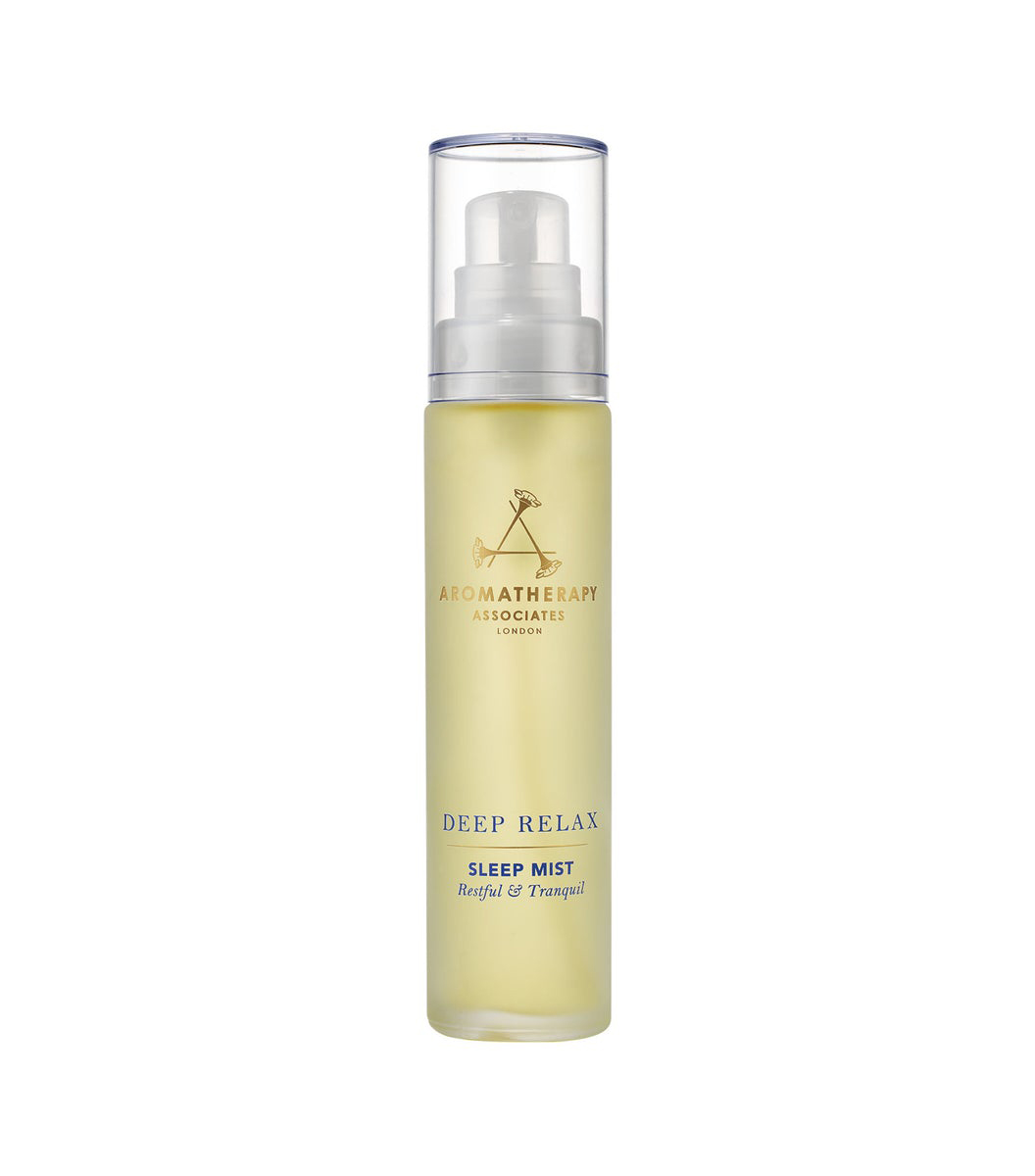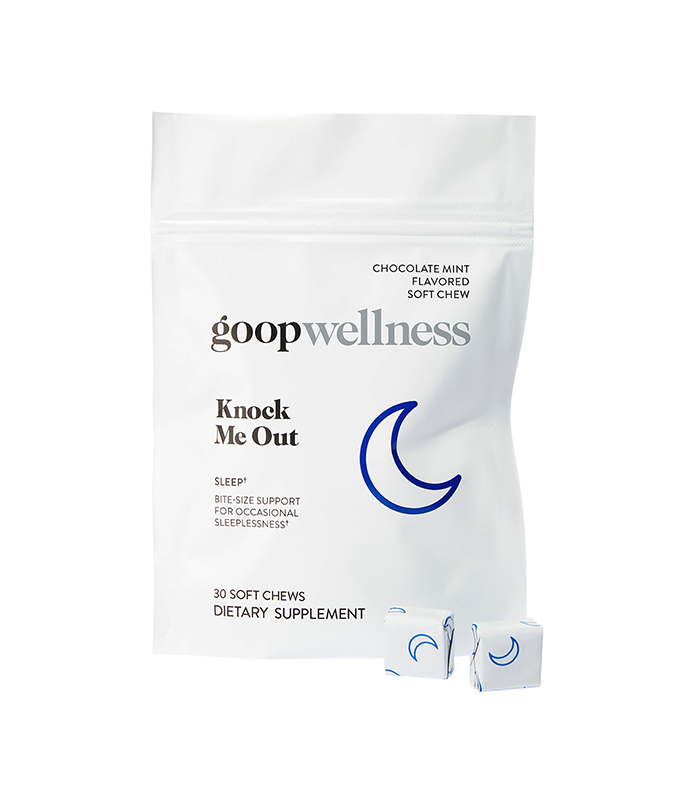How I Finally Trained Myself to Sleep on My Back

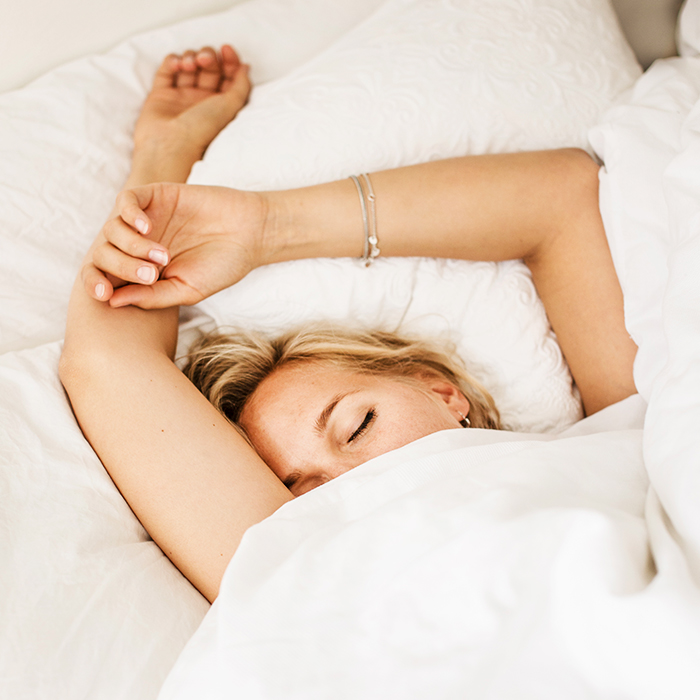
I've written about the virtues of sleeping on your back before. And I've tried sleeping on my back—many, many times. But I always woke up scrunched into a ball on my (left) side. I attributed this aversion to back-sleeping to one thing and one thing only: It was uncomfortable. But with each passing night, I woke to see the sleep wrinkle on the left side of my face growing deeper and deeper.
Not only that, but sleeping on your back is actually incredibly beneficial for spine health, and I wanted to reap the benefits. Back-sleeping creates a neutral position for your head, neck, and spine, which can relieve pressure and balance the body. (However, if you snore or have sleep apnea, side-sleeping is preferred, as it opens the airway and keeps the tongue from obstructing it.) Is there a method on how to sleep on your back? There sure is. Keep reading to find how I finally trained myself to do so.
Identifying the Problem
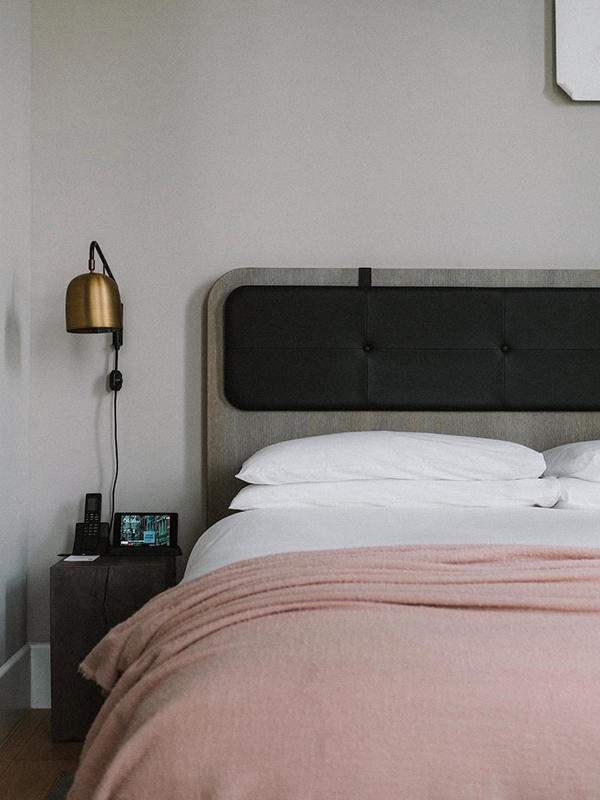
As I just mentioned, I used to find sleeping on my back incredibly uncomfortable. (There's a reason we spend our first nine months tucked into a ball, right? It's comfy! Okay, maybe that's not the reason…) In order to break my bad habit, I forced myself to dig a little deeper and identify exactly why this position felt uncomfortable to me. I came up with two solid reasons: 1) I like the feeling of my face smooshed against the pillow, and 2) my back hurts when I lie flat. With this in mind, I began experimenting with different ways to remedy these two hang-ups.
Problem #1: Face + Pillow = Comfort
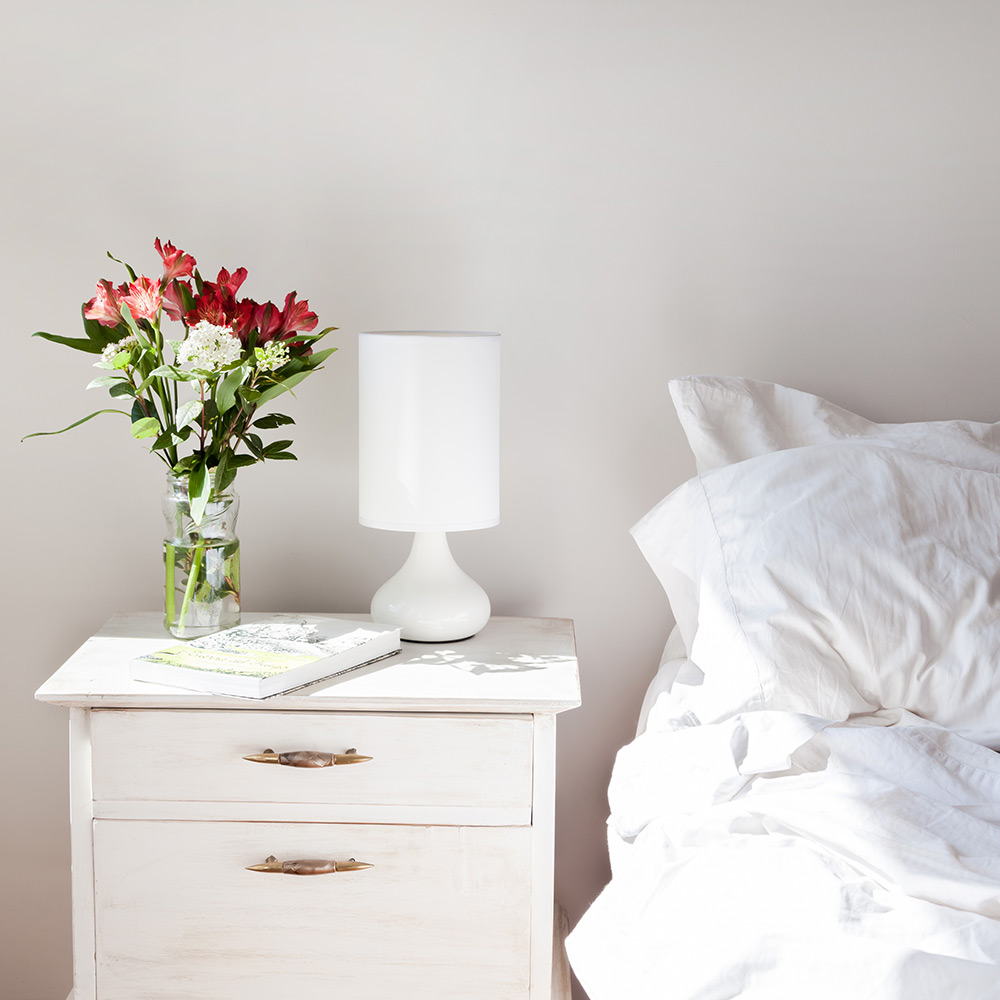
Trying to re-create some of the magic of side-sleeping is tough. One thing I tried was sleeping with a barricade of pillows around me. While this solution seems like it'd have the double benefit of preventing you from rolling over in your sleep and re-creating the sensation of side-sleeping, I've found that it doesn't do either. Eventually, I tear through my barricade and end up at square one.
Since the pillow-to-face thing really only applies to one side of the face, I figured why not ditch the unsuccessful all-angles approach and just lay a pillow across one side of my face? Genius, I know. The trick here, though, is finding the right pillow for the job. My regular pillows are too big, to the point where I basically end up smothering myself. Instead, I use what I like to call a nap pillow.
A nap pillow is a smaller pillow. It can be anything, really—a throw pillow from the couch, one of the gazillions of decorative pillows on your bed, anything soft enough to set on your face. My nap pillow is a small blue one I've had on my bed for years. I use it to cover my left ear and eye, and it feels almost as if I'm sleeping snugly on my side, which is a moot point if, when I'm in this position, my lower back is in pain.
Problem #2: Back + Flat = Pain
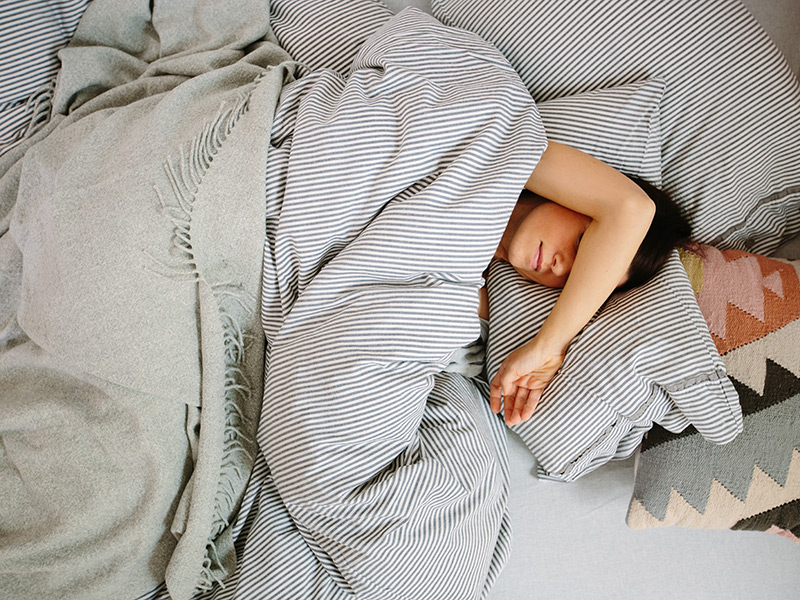
I did a little research on this one, and the general consensus was to stretch before bed. Apparently, if your hip flexors and hamstrings are tight, it can pull your lower spine out of alignment when you lie flat. Since I sit at a desk all day, it makes sense that my hip flexors and hamstrings would be tight, so I stretched. And… nothing. I still felt the pinch in my lower back. But most of my sources pointed to regular stretching as the solution, which, at first, I groaned at.
Oh, goodie, one more thing I have to do before bed, I thought to myself. But after five or six days, I was able to lie on my back without pain. So I'm safely and comfortably on my back, but I still manage to wake up on my side. At first, I think it's a fluke, and I tell myself my body will get used to its new sleeping position. When that doesn't happen, I realize it takes more than simply overcoming the discomfort and pain issues to master this skill. (Yes, I consider back-sleeping a skill.)
The Solution
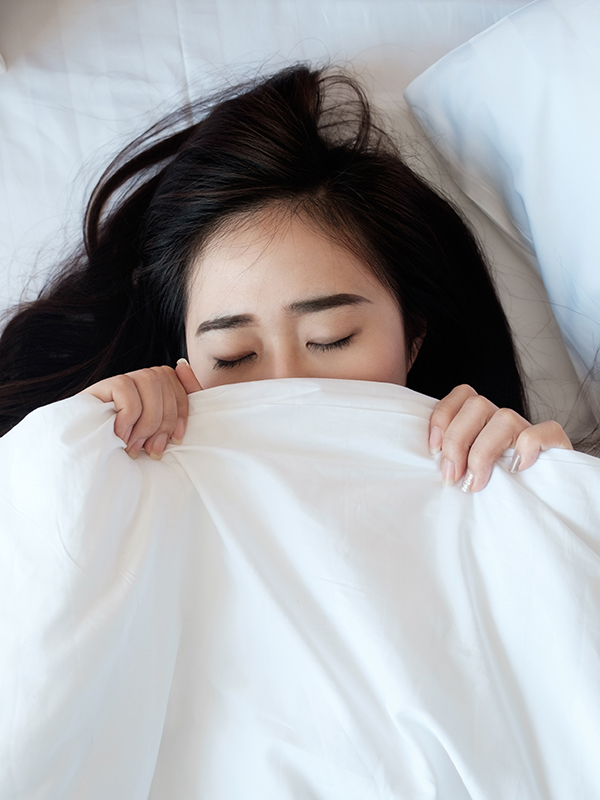
Since the pillow barricade has already proven to be no match for my body's desire to side-sleep, I tried the incline technique. I'm not sure why this works or even why I thought to try it in the first place—but I did, and it does. I create a little wedge of pillows under my head and upper torso. This keeps my upper body propped up slightly, which makes it more difficult for me to roll onto my side.
If this particular trick doesn't work for you, try this method from the University of Rochester Medical Center: "If you sleep on your back, a small pillow under the back of your knees will reduce stress on your spine and support the natural curve in your lower back. The pillow for your head should support your head, the natural curve of your neck, and your shoulders."
But here's the really important part: When I say, "I finally trained myself to sleep on my back," I mean I finally trained myself. None of this happened overnight. Each of the little tweaks I made took weeks to get used to. Not to mention the months of trial and error that led me to the solutions I now rely on. And while I've finally gotten to the point where it's comfortable to sleep on my back, I'm still not to a point where it feels totally natural.
Every night when I go to bed, I work to get the conditions just right. If I skip stretching a few too many times, my back will ache when I lie down. If I don't have my nap pillow positioned just so, it won't matter that I've created the perfect wedge for my upper body. I'm confident that I'll get to the point where it's 100% natural (I now know these things take time), but for now, I'm just happy I can comfortably sleep on my back.
Shop My Sleeping Essentials
Next: These 6 Foods Are the Reason You Can't Sleep, According to a Nutritionist
This article was originally published at an earlier date and has since been updated.
This article is provided for informational purposes only and is not intended to be used in the place of advice of your physician or other medical professionals. You should always consult with your doctor or healthcare provider first with any health-related questions.

Jane Birkin
Who are your 5 favorite people to follow on Instagram?@somethingnavy @phoebejtonkin @jenavieve @beautyisboring_ @ctilburymakeup
What's the beauty essential you can’t live without?Concealer
What's your desert island album?Hall Oates Voices
What's your favorite Byrdie.com story? 7 Beauty Secrets To Steal From India, The Middle East, and Beyond See More